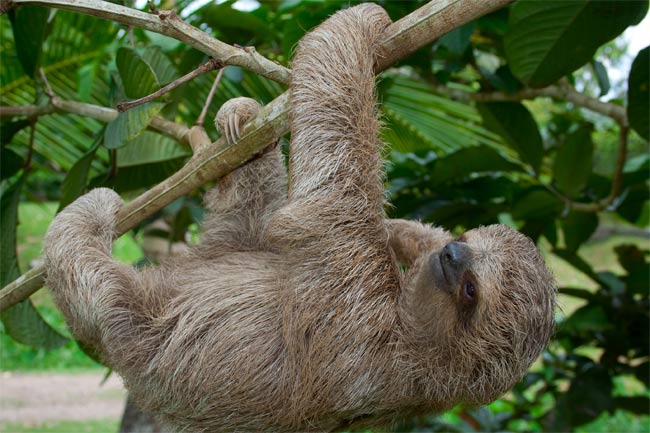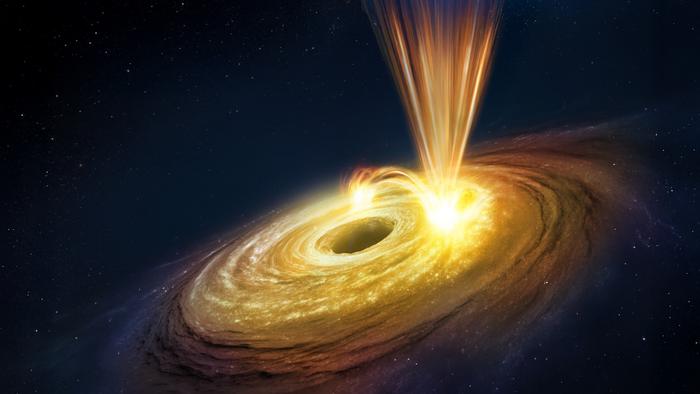Freak of Nature: Sloth Has Rib-Cage Bones in Its Neck

Unlike nearly every mammal that has seven vertebrae in its neck no matter how long or short its neck, sloths stand out as oddballs with up to 10.
Now it turns out sloths are part of the fold (sort of) — what seem like extra neck vertebrae actually come from the rib cage.
Scientists at the University of Cambridge in England and their colleagues investigated the development of mammal skeletons by using CT scans of fetal specimens from various species in museum collections from England, Germany, France, Australia and Switzerland. Although birds and lizards show great variety in the number of vertebrae in their necks, with swans having twice as many as songbirds, the 5,000 or so species of mammals are far more conservative, generally possessing only seven neck or cervical vertebrae.
In nearly all mammals, bone formation always takes place in the first few vertebrae of the rib cage before those of the neck. They found an exception was the three-toed sloth, which showed early bone formation in their lowermost neck vertebrae before those of the rib cage.
However, closer analysis revealed that all mammals, including sloths, show early development of the eighth vertebra down from the head, whether or not it is part of the neck. In other words, the bottom neck vertebrae of sloths develop in a similar manner as the top rib cage vertebrae of other mammals. This suggests the lowermost neck vertebrae of sloths are developmentally the same as rib cage vertebrae of other mammals, but lack ribs.
"The question was how on Earth does this animal do something so different from other mammals," researcher Robert Asher, a zoologist at the University of Cambridge, told LiveScience. "The answer is that this sloth still actually has seven cervical vertebrae — it's just slid the ribs, shoulders and pelvis down the vertebral column a whole notch or two."
This shows the structure of the mammalian neck is remarkably conservative after all, "even in those few species that superficially seem to be exceptions, like sloths," Asher added. "Even though they've got eight to 10 ribless vertebrae above the shoulders, unlike the seven of giraffes, humans and nearly every other species of mammal, those extra few are actually rib cage vertebrae masquerading as neck vertebrae."
Get the world’s most fascinating discoveries delivered straight to your inbox.
Asher noted that short-necked sloths possess five to six ribless neck vertebrae, while manatees typically have six. The researchers have a prediction regarding those anomalies as well. "They basically just put ribs on the bottom couple of neck vertebrae," Asher suggested. "We plan to get a hold of some short-necked sloth and manatee specimens from museums to test our prediction."
As to why sloths and manatees are such oddities when it comes to their necks and ribs, "a colleague of mine from Leiden University in the Netherlands named Frietson Galis suggests it could have something to do with the low metabolism rates one finds in both manatees and sloths," Asher said.
A slower metabolism could blunt any side effects that might come with the mutations that might add body parts to necks, "including cancer," Asher explained."If you can't properly configure your neck to stop growing ribs, you probably can't stop cells from multiplying into tumors. Their low metabolisms might have helped them get around that problem."
The scientists detailed their findings online Oct. 18 in the Proceedings of the National Academy of Sciences.



